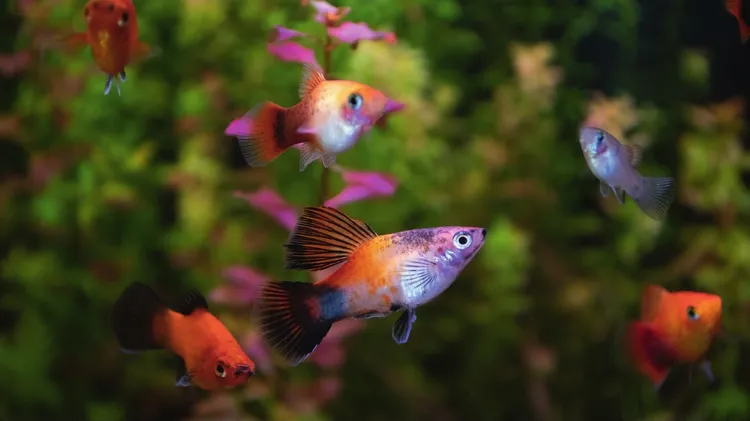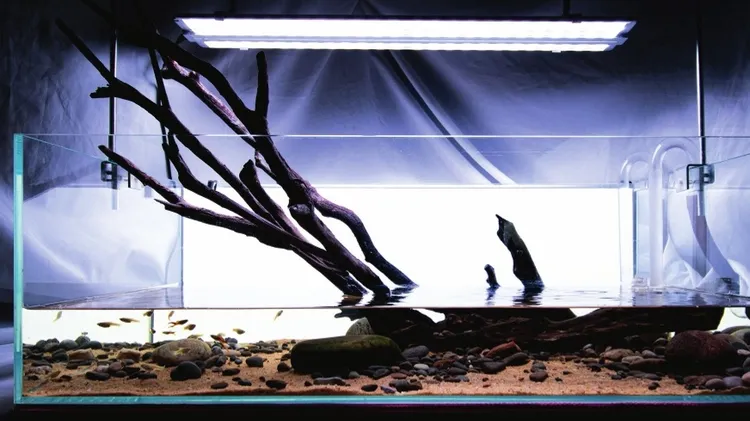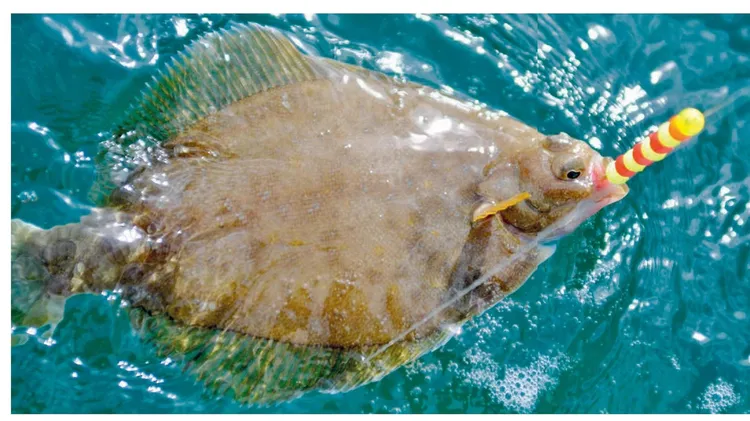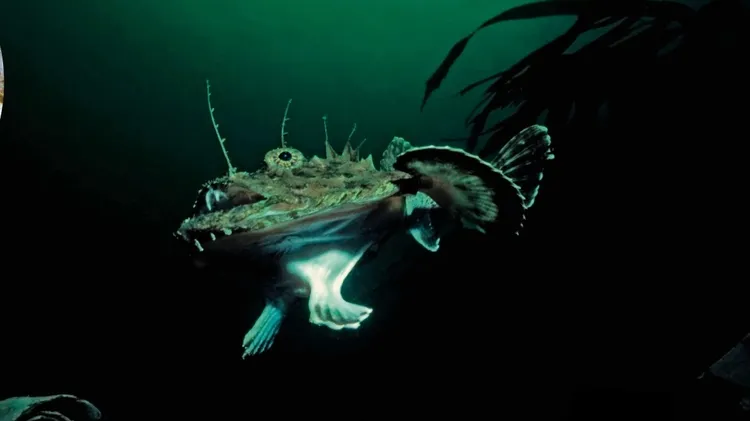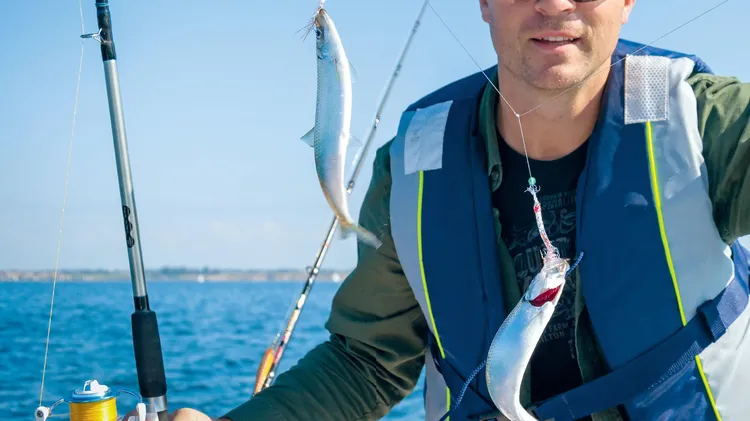With their tiny statures and burying tendencies, you’d be forgiven for h
The littlest gobies
7 min read
This article is from...
Read this article and 8000+ more magazines and newspapers on Readly

